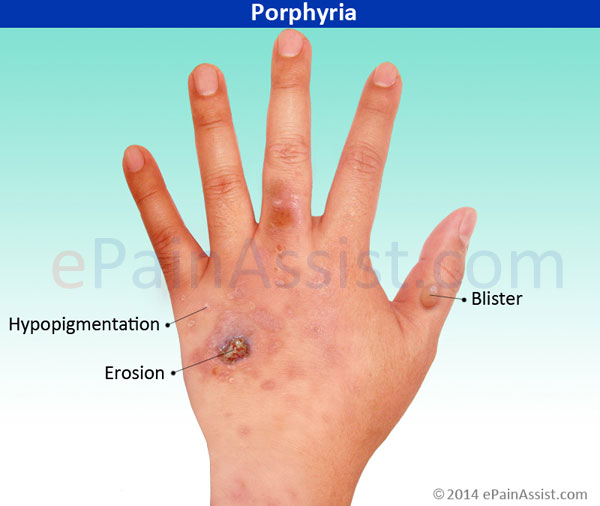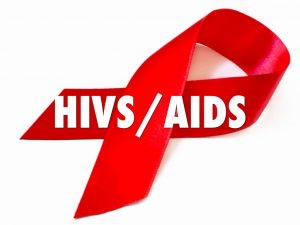
When porphyrins do not get converted to heme, the normal way, then it leads to a health condition called porphyria. Due to this the porphyrins get excreted into the stool and urine in huge amounts. The urine develops a distinct color of port wine.
What is the cause of porphyria?
Symptoms of porphyria include improper functioning of nerves in the body, weakness, pain in the abdomen, swelling and pain in the skin and formation of blisters on the skin. Porphyria can appear in childhood, but between the age of 20 and 40 it occurs most frequently. Women are affected by the disease more, as compared to men and the attacks are related to the menstrual cycle.
Diagnosis of the genetic porphyria disease is done by conducting chemical studies of the stool, urine and blood. The chemical studies are also conducted on blood relatives and children of the individual affected by the disease.
Many of the treatments for Porphyria are targeted towards relieving of symptoms of acute form of the disease. Analgesics like aspirin and opiates are administered to reduce pain. Beta blockers or cardiovascular drugs are given for treating heart dysrhythmias and high blood pressure. Drugs like Lorazepam are given to reduce anxiety. To prevent vomiting, antiemetic drugs like Chlorpromazin and Promazine are given. Anticonvulsants like clonazepam and diazepam are given to treat convulsions. For treating overload of iron, phlebotomies are also administered. Intensity of acute Porphyria attacks can be best reduced by ensuring adequate calorie intake, on regular basis.
Depending upon the how severe the symptoms are and type of Porphyria, different is given to the patient. Avoiding and identifying symptom triggers are included in the Porphyria treatment and then when they occur, symptoms are accordingly relieved. Avoiding triggers includes not smoking, not using recreational drugs or alcohol, not using medications that could trigger acute attacks, avoiding dieting and fasting that involves severe restriction of calories, taking hormones in certain amounts for premenstrual attack prevention, minimizing exposure to sun, taking steps for stress reduction and prompt treatment of other illnesses and infections.








